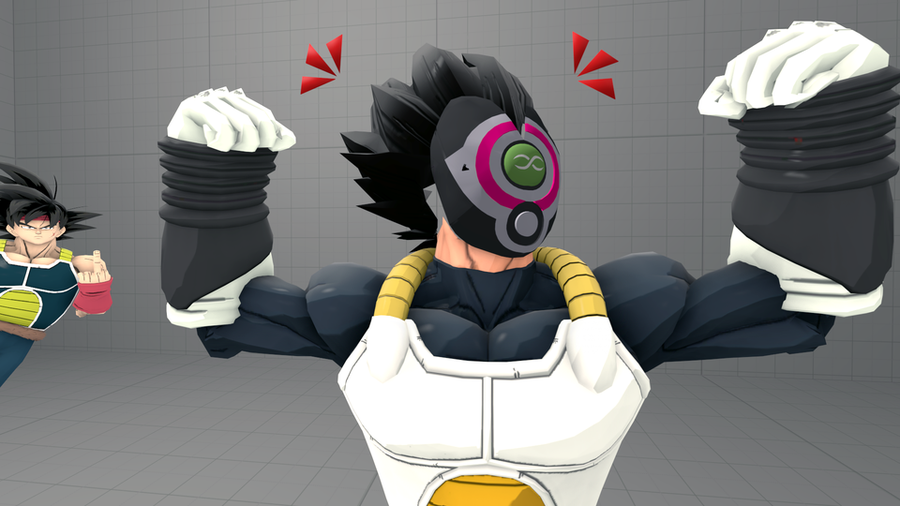
#Itimer ball tv
Today, "I Love Lucy" is syndicated in more than 80 countries and remains one of the most popular and beloved TV shows of all time.Ĭomedienne, Actress. One week after undergoing open heart surgery, on April 26, 1989, Lucille Ball suffered a ruptured aorta and died. Her last public appearance was at the 1989 Academy Awards. Lucille Ball spent much of the rest of her life out of the spotlight. In 1985, she portrayed a New York homeless woman in the TV film, "Stone Pillow." Her last attempt at a new comedy series, "Life with Lucy," was a failure. In the late 70s and early 80s, Ball made only sporadic appearances on TV, usually as the guest star.
#Itimer ball movie
Morton, a former comedian, worked with Ball to help create "Lucille Ball Productions." Lucille also starred in the multi million dollar movie "MAME" in 1973. Ball remarried in 1961, taking Gary Morton as her second husband. In 1967, she sold Desilu Productions to Gulf & Western for $17 million, netting some $10 million cash out of the deal. Desilu Productions continued to grow and prosper under her leadership, ultimately acquiring RKO Studios, where both Ball and Arnaz had formerly worked as contract players. Also, in 1960, Lucy won rave reviews on Broadway in "Wildcat." On the heels of that success, Ball teamed with Bob Hope for two feature films and co-starred with Henry Fonda in the critically acclaimed, "Yours, Mine, and Ours." Though she played a scatterbrained redhead, Ball was nothing of the kind in real life.

"Here's Lucy" was instantly picked up by the networks and ran on prime time through 1974.
#Itimer ball series
When "The Lucy Show" went off the air, Ball wasted no time in reformatting the show and starring in yet another series based on the same character. In 1962, encouraged by fans, Ball reprised her role as 'Lucy' in a new TV series, as she starred in "The Lucy Show." It would run successfully for 6 years, and feature her former "I Love Lucy" co-star, Vivian Vance. Desilu was then the world's largest television production facility, so Lucy's take-over made her the first woman in Hollywood history to hold such a powerful position. While Arnaz turned to alcohol and was rarely seen in public again, Ball took out a loan for $3 million and bought her ex-husband's half of Desilu. Arnaz was able to spend more at home, working with "Desilu." By the end of the 1950s, Desilu became a powerful, respected corporation, producing such hit TV shows as "Star Trek" and "Mission Impossible." After 20 years of marriage, Ball and Arnaz divorced in 1960. They soon began taping another show, named "The Lucy-Desi Comedy Hour," which didn't need the time and attention of their previous works. After 179 episodes of the "I Love Lucy," Ball and Arnaz decided to call it quits for the sake of their marriage. "I Love Lucy" won more than 200 awards, 5 Emmys, and the respect and adoration of the country. When the much-publicized birth of her son, Desi Arnaz Jr., occurred on the show in January 1953, the story received more press coverage than President Eisenhower's inauguration. Working on camera through her second pregnancy, 'Lucy' was the first obviously pregnant woman to appear on network television. They formed their own production company called "Desilu." Arnaz discovered he had a natural executive ability, and was soon calling all the shots for the project that would become "I Love Lucy." From 1951 through 1957, it was the most popular show on television, and Ball was at last firmly established as a megastar. Offered her own TV series in 1950, Ball refused unless Arnaz could co-star. The young couple decided that the best chance for their marriage to work was if they worked together. This was a problem because of the time needed for long-distance travel in the days before jet airliners. Their performing schedules clashed frequently, and the newlyweds often found themselves on opposite sides of the country at the end of the week. After performing in the musical "Too Many Girls" in 1940 with popular Cuban band leader, Desi Arnaz, Ball fell in love with her co-star, and married him later that year.


Ball would appear in over 60 films by the late 1940s. She started at the bottom, with bit parts in low-budget films, but her initial success would lead to bigger and better parts. Moderately successful in these pursuits, she was chosen to be the poster model for Chesterfield Cigarettes in 1933, which got her national exposure for the first time, and caught the attention of Hollywood. Undaunted, Ball took a job as a waitress while trying for jobs in modeling and in chorus lines of Broadway shows. Intent on becoming an actress, she left high school at age 15, and tried unsuccessfully to get into drama school in New York City. She is best known for the title role in the hit television sitcom of the 1950's "I Love Lucy." She was born Lucille Desiree Ball on August 6, 1911, in Jamestown, New York.


 0 kommentar(er)
0 kommentar(er)
